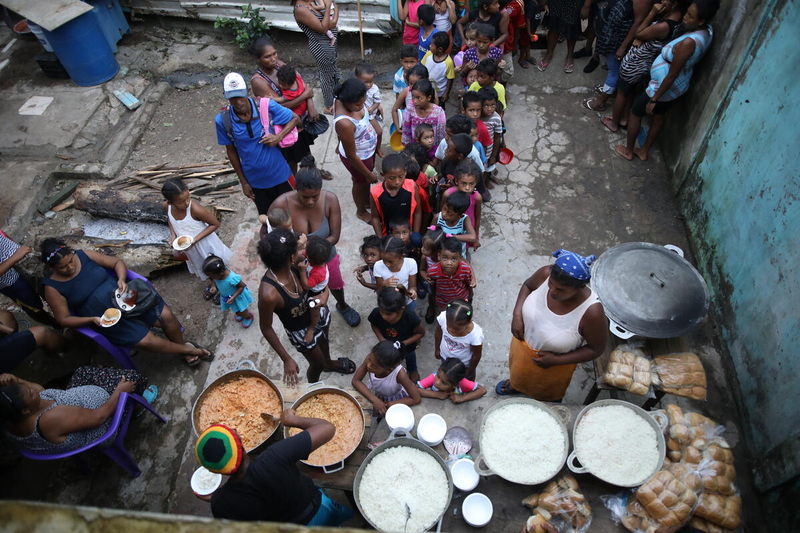Rome/New York, February 23 – The constant economic crises plus the coronavirus pandemic and extreme climate-related weather in El Salvador, Guatemala, Honduras and Nicaragua over a two-year period have pushed up the number of hungry people from 2.2 million to close to 8 million in 2021, including 1.7 million who are considered emergency cases that require urgent food aid, the World Food Program said.
Surveys made by the Rome-based UN organization in January 2021 showed that the four Central American nations have had a series of severe setbacks that included homes and farms destroyed by hurricanes and rampant unemployment due to economic difficulties. About 15 per cent of the people just surveyed said they considered migrating as opposed to 8 per cent in 2018 when the region was hit by drought.
“Considering the level of destruction and setbacks faced by those affected, we expect this to be a long and slow recovery,” said Miguel Barreto, WFP Regional Director for Latin America and the Caribbean. “2020 was a year to forget across the world, and even more so for communities in Central America that were dealt a series of blows.”
“Urban and rural communities in Central America have hit rock bottom. The COVID-19-induced economic crisis had already put food on the market shelves out of reach for the most vulnerable people when the twin hurricanes Eta and Iota battered them further,” said Barreto. “Many now have nowhere to live and are staying in temporary shelters, surviving on next to nothing”.
WFP said it plans to assist 2.6 million people in El Salvador, Guatemala, Honduras, and Nicaragua in 2021 and requires US$47.3 million over the next six months.
Central America was hit by a record Atlantic hurricane season in 2020, which destroyed 200,000 hectares of farmlands and severely hurt the region’s economy, tourism and informal jobs. WFP said 6.8 million people who had a relatively stable life suddenly lost homes and livelihoods.
The pandemic further exacerbated living conditions in the region, doubling the number of hungry people in Guatemala and Honduras. People in those two countries and in El Salvador reported income losses or unemployment during the pandemic.
United Nations correspondent journalists – United Nations correspondent journalists – United Nations correspondent journalists
United Nations journalism articles – United Nations journalism articles – United Nations journalism articles

